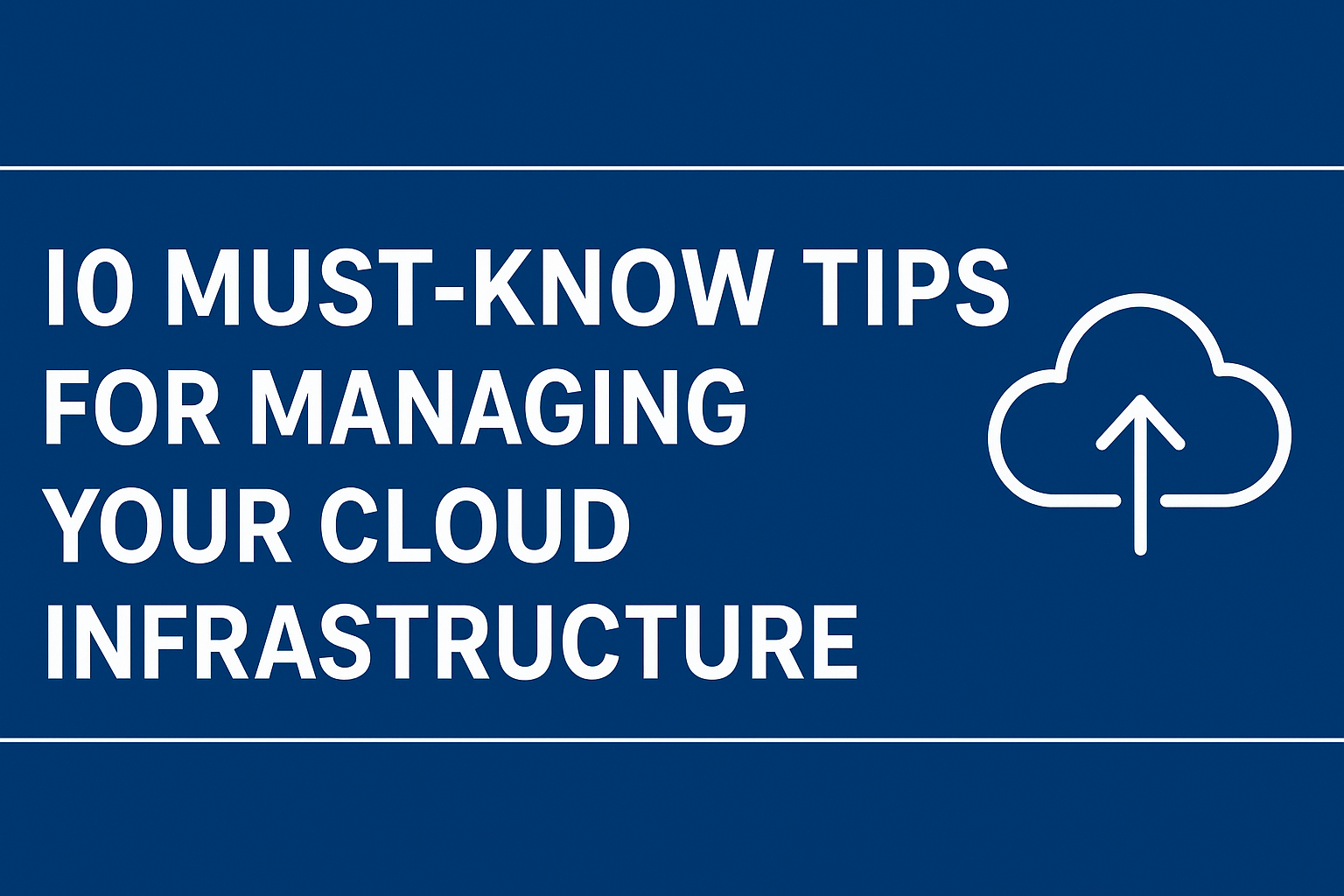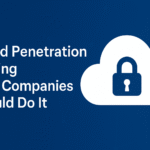10 Must-Know Tips for Managing Your Cloud Infrastructure
Managing your cloud infrastructure is crucial for businesses aiming to stay competitive in today’s digital world. Whether you’re running applications, storing sensitive data, or scaling services globally, a well-organized cloud environment ensures reliability, security, and cost-efficiency. In this guide, we’ll explore 10 must-know tips for managing your cloud infrastructure so you can maximize performance while minimizing risks.
1️⃣ Conduct Regular Cloud Audits
Performing regular audits helps identify underutilized resources, security vulnerabilities, and unnecessary costs. Evaluate compute, storage, and network usage to ensure everything aligns with your business goals.
2️⃣ Automate Wherever Possible
Automation reduces manual errors and improves efficiency. Use Infrastructure as Code (IaC) tools like Terraform or AWS CloudFormation to deploy and manage resources consistently.
3️⃣ Monitor Performance Continuously
Leverage monitoring tools such as AWS CloudWatch, Azure Monitor, or Datadog to track system health. Continuous monitoring ensures you detect latency, outages, or capacity issues before they disrupt operations.
4️⃣ Optimize Cloud Costs
Unmonitored spending can spiral out of control. Use cost management tools to track expenses, set budgets, and decommission unused services to keep your cloud bills under control.
5️⃣ Strengthen Security Measures
Implement strong identity and access management (IAM) policies, enable multi-factor authentication (MFA), and encrypt sensitive data. Security should be a top priority when managing your cloud infrastructure.
6️⃣ Leverage Auto-Scaling
Auto-scaling ensures your applications handle traffic spikes without wasting resources during low-demand periods. This keeps performance high and costs low.
7️⃣ Backup and Disaster Recovery Planning
Regular backups and disaster recovery solutions protect your data and applications from unexpected failures. Store backups across multiple regions for added resilience.
8️⃣ Stay Compliant with Regulations
Compliance with standards like GDPR, HIPAA, or ISO 27001 is vital for businesses handling customer data. Ensure your cloud provider meets relevant legal and industry requirements.
9️⃣ Use Multi-Cloud or Hybrid Strategies
A multi-cloud or hybrid approach enhances flexibility and reduces dependency on a single vendor. Distribute workloads across different providers for better resilience and cost savings.
🔟 Train Your Team Continuously
Cloud technology evolves rapidly. Encourage your team to pursue certifications, attend webinars, and learn best practices so they can manage infrastructure effectively.
Conclusion
Managing your cloud infrastructure requires a strategic blend of automation, security, cost optimization, and ongoing learning. By applying these ten tips, you’ll build a robust and efficient cloud environment that supports business growth and innovation.






